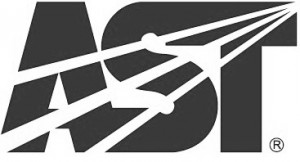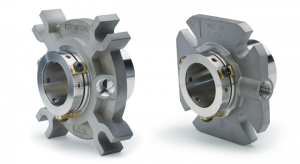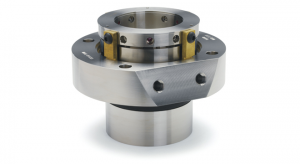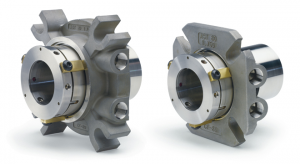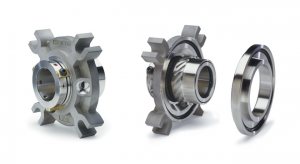Advanced Sealing Technology
The AST 70 is a simple-to-install, unitized cartridge mounted, balanced, multiple spring mechanical seal which requires no measuring for installation. The seal faces are protected from damage and contamination from dirt and foreign particles.
Field Rebuildable
No more waiting for seal repairs, and no more worries about installing exchange seals that might have previously held hazardous materials, because the AST 70 is easy to rebuild on site using standard tools.
No measurement required
Simply slide the seal onto the shaft, bolt down the gland, tighten the set screws, and remove the centering blocks.
Easy replacement on split case and vertical pumps
No pump teardown required. Just slide the seal over the end of the shaft.
Easy Impeller Adjustment
Adjust impeller clearance without removing the seal or dismantling the pump.
Single Cartridge Seals AST 7023
Liquids pumped near their vapor pressure must be cooled for successful sealing. Hot water, for example, has low lubricity and causes high seal face wear. Flashing can open the seal faces, causing leakage and seal face damage.
API Plan 23 (ANSI Plan 7323) is the most reliable and economical way to cool a seal. The sealed liquid is circulated from the seal chamber (not the pump discharge) through a cooler and back to the seal. Since only the liquid around the seal is cooled, the heat load on the cooler is minimized and process energy is conserved. Cooler fouling is reduced, extending cooler life.
The AST 7023 seal is the off-the-shelf solution for hot liquid sealing. Its built-in pumping ring fits in enlarged bore seal chambers on popular ANSI pumps.
No orifice to clog
The low pressure differential (compared to Plan 21) means that no orifice is required to regulate cooling flow.
High temperature sealing with standard materials
The AST 7023 seal is cooled and isolated from the hot process. Corrosion rates and elastomer compression set are reduced, and precipitation from dissolved solids is minimized.
Field Rebuildable
No more waiting for seal repairs, and no more worries about installing exchange seals that might have previously held hazardous materials, because the AST 7023 is easy to rebuild on site using standard tools.
No measurement required
Simply slide the seal onto the shaft, bolt down the gland, tighten the set screws, and remove the centering blocks.
Easy Impeller Adjustment
Adjust impeller clearance without removing the seal or dismantling the pump.
Dual Cartridge Seals AST 80
The AST 80 Seal is two mechanical seals packaged in one compact, unitized cartridge assembly for easy installation. It can be used in three ways:
Double Seal: With barrier fluid pressure higher than product pressure, the AST 80 prevents leakage of toxic or hazardous fluids into the environment. The barrier fluid provides lubrication to seal gases and non-lubricating fluids.
Tandem Seal: By using a buffer fluid with pressure lower than process, the AST 80 can reduce pressure differential across a single set of seal faces.
Spare Seal: With unpressurized buffer fluid, the outboard seal of the AST 80 runs “at idle” as a standby seal. If the inboard seal fails, the outboard seal provides primary protection, eliminating unscheduled shutdown of batch processes.
Dual Cartridge Seals AST 80M
The AST 80M Seal is a rugged dual cartridge mechanical seal built for use in mixers, agitators, double-ended pumps, and other rotating equipment in demanding service. With its large internal clearances, the AST 80M tolerates shaft runout and end play that would make another seal fail.
The hydraulic double balance of the AST 80M means it can be used in three ways:
Double Seal: With barrier fluid pressure higher than product pressure, the AST 80M prevents leakage of hazardous fluids into the environment. The barrier fluid provides lubrication for the seal in top-entry mixers.
Tandem Seal: By using a buffer fluid with pressure lower than process, the AST 80M can reduce the pressure differential across each set of seal faces.
Spare Seal: With unpressurized buffer fluid, the outboard seal runs “at idle” as a standby seal. If the inboard seal fails, the outboard seal provides primary protection, eliminating unscheduled shutdown of batch processes.
